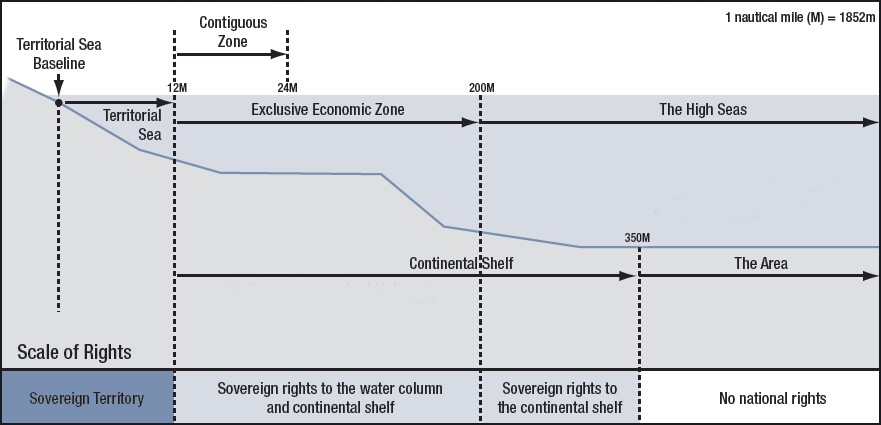Indian trawlers are back, say Sri Lanka's fishermen
Context:
- Sri Lanka’s northern fishermen have reported a “sudden increase” in the number of Indian trawlers spotted in the island’s territorial waters.
Fishermen issue:
- Fishermen crossing the International maritime boundary lines are arrested by Srilankan Navy.
- The Sri Lankan Navy arrested over 450 Indian fishermen in 2017 and 156 in 2018 on charges of poaching. A total of 210 arrests were made in 2019, while 34 have been made so far in 2020.
- Their nets are destroyed and sometimes, they have to spend time in jail.
- Srilankan fishermen fear that they livelihoods is under threat due to high technology trawlers used by Indian fishermen.
- Indian fishermen uses bottom trawling mechanism, which destroys the marine ecosystem causing concern of future potential of fishing.
Agreement and steps:
- Sri-Lanka banned the bottom trawling.
- Setting up of a Joint Working Group (JWG) on Fisheries between the Ministry of Agriculture and Farmers’ Welfare of India and Ministry of Fisheries and Aquatic Resources Development of Sri Lanka as the mechanism to help find a permanent solution to the fishermen issue.
- The IMBL (International Maritime Boundary Line) is imaginary, but it was geo-tagged and is visible to the fishermen, thanks to Global Positioning System (GPS) sets to make informed decision.
- India has clearly demarcated the international maritime boundary line in 1976.
- India has launched the deep sea fishing scheme to end bottom trawling.
Maritime Boundaries:
- Defined by UNCLOS.
Internal Waters: Internal Waters include littoral areas such as ports, rivers, inlets and other marine spaces landward of the baseline (low-water line) where the port state has jurisdiction to enforce domestic regulations.
Territorial Sea: In the Territorial Sea, a coastal state has unlimited jurisdiction over all (including foreign) activities unless restrictions are imposed by law. All coastal states have the right to a territorial sea extending 12 nautical miles from the baseline.
Contiguous Zone: The Contiguous Zone is an intermediary zone between the territorial sea and the high seas extending enforcement jurisdiction of the coastal state to a maximum of 24 nautical miles from baselines for the purposes of preventing or punishing violations of customs, fiscal, immigration or sanitary (and thus residual national security) legislation.
Exclusive Economic Zone (EEZ) : The EEZ is another intermediary zone, lying between the territorial sea (12 nautical miles) and the high seas to the maximum extent of 200 nautical miles. Although high seas freedoms concerning general navigation principles remain in place, in this zone the coastal state retains exclusive sovereignty over exploring, exploiting and conserving all natural resources.
High Seas: The High Seas, which lie beyond 200 nautical miles from shore, are to be open and freely available to everyone, governed by the principle of equal rights for all.




1.png)
